Gardening never stands still. Each year, fresh ideas, new research, and shifting lifestyles shape the way we grow and enjoy our outdoor spaces. From climate-conscious designs to creative backyard makeovers, the latest trends reflect a growing desire to connect with nature, simplify maintenance, and create sustainable landscapes.
If you’re planning to refresh your garden in the coming year, here are seven garden trends experts say will dominate—and how you can embrace them in your own yard.
1. Climate-Resilient Gardens
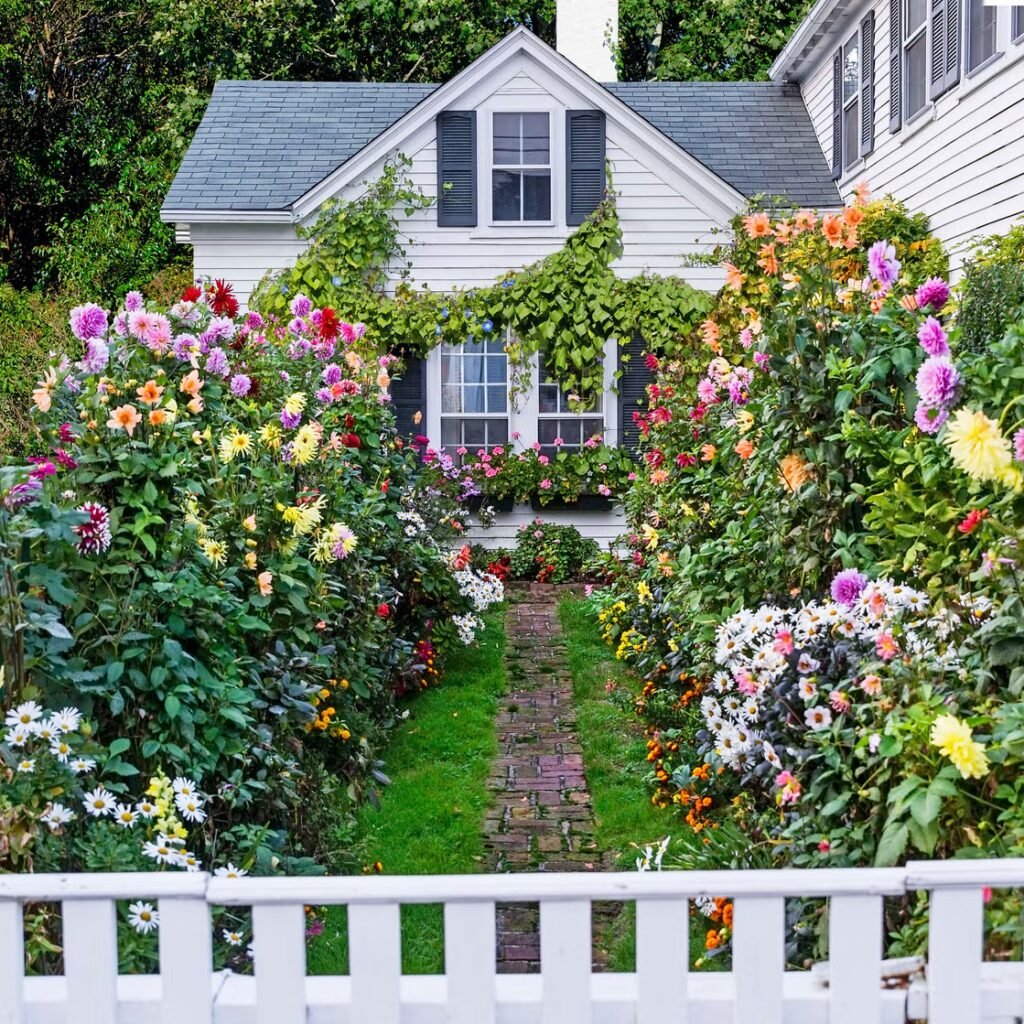
With unpredictable weather patterns becoming the new normal, gardeners are turning toward climate-smart practices.
- Drought-tolerant plants: Expect to see more succulents, ornamental grasses, and native species that thrive with little water.
- Rain gardens: These planted depressions capture stormwater runoff, reducing flooding while nourishing pollinator-friendly plants.
- Shade solutions: Pergolas, trellises, and living shade structures help protect tender crops and create comfortable spaces for people.
Expert tip: Mix deep-rooted natives with tough perennials to create a resilient landscape that weathers droughts, floods, and heatwaves.
2. No-Mow and Low-Mow Lawns
The traditional lawn is losing ground—literally. More homeowners are embracing eco-friendly alternatives that save time, money, and water.
- Microclover lawns: Green year-round, soft underfoot, and loved by pollinators.
- Meadow-style yards: Native wildflowers mixed with low-growing grasses for a natural, colorful look.
- Thyme or sedum carpets: Fragrant, hardy groundcovers that eliminate weekly mowing.
This trend reflects a larger shift toward biodiversity and sustainability. You’ll still enjoy green space, but with far less upkeep.
3. Edible Landscaping
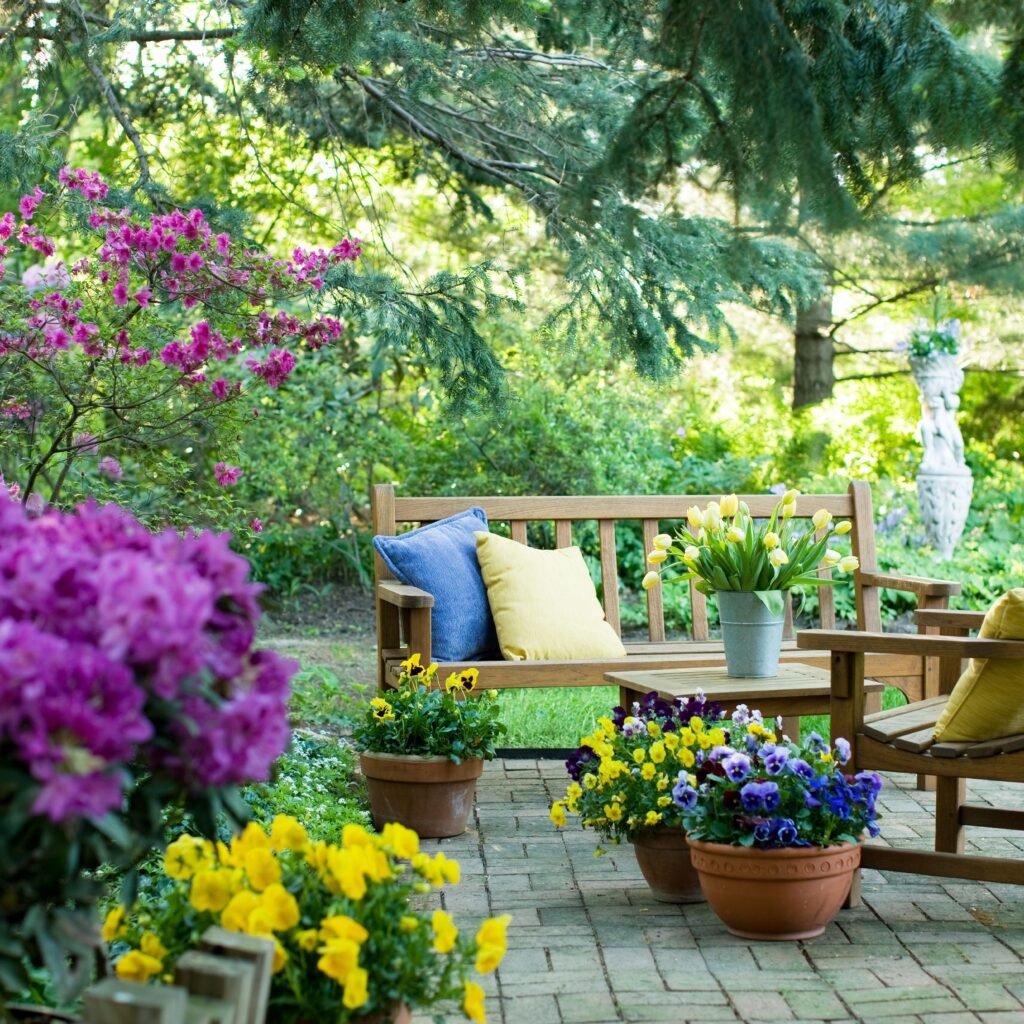
Why separate beauty and function when you can have both? Edible landscaping blends fruits, vegetables, and herbs into ornamental gardens.
- Fruit shrubs as hedges: Blueberries, currants, and elderberries double as decorative screens and food sources.
- Herb borders: Rosemary, lavender, and sage create fragrant, pollinator-friendly edges.
- Vegetables with flair: Rainbow chard, kale, and purple basil add color as well as harvests.
Budget bonus: Edible gardens save on grocery bills while providing fresher, more nutritious food right at your doorstep.
4. Wildlife-Friendly Spaces
Gardeners are becoming stewards of biodiversity, creating habitats that attract birds, bees, butterflies, and beneficial insects.
- Pollinator gardens: Nectar-rich flowers like coneflowers, milkweed, and sunflowers will be everywhere.
- Water features: Even small birdbaths or mini ponds draw wildlife in.
- Habitat zones: Brush piles, log corners, and native shrubs provide nesting and shelter.
This trend isn’t just about conservation—it’s also about the joy of watching your yard come alive with nature.
5. Vertical and Small-Space Gardening
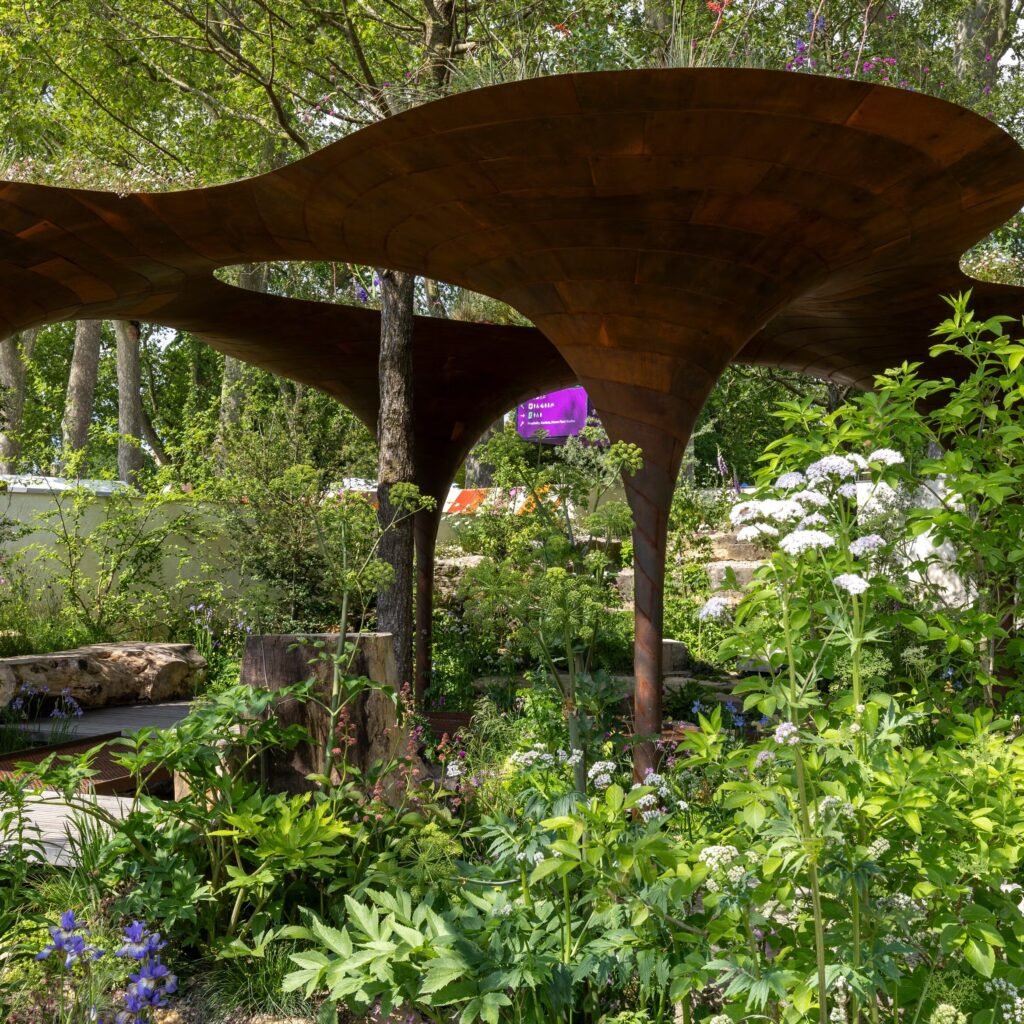
Urban living and smaller yards are fueling a surge in vertical and container gardening.
- Living walls: Panels filled with herbs or flowers add green space where square footage is scarce.
- Stacked planters: Multi-tier systems maximize growing potential on patios and balconies.
- Climbing edibles: Cucumbers, beans, and squash thrive on trellises, saving ground space.
No matter the size of your yard—or even if you only have a balcony—you can garden upward instead of outward.
6. Tech-Enhanced Gardening
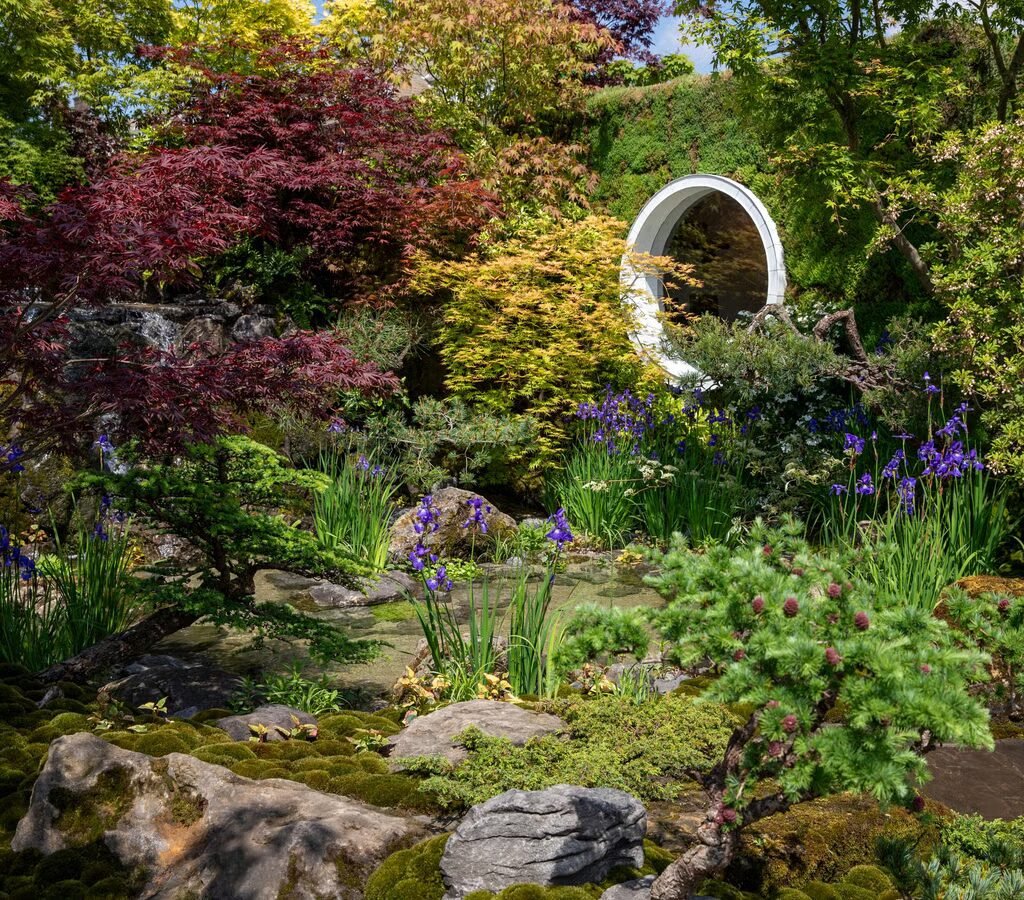
Smart technology is making its way into the garden, and next year will see more homeowners adopting tech-savvy solutions.
- Smart irrigation systems: Sensors that monitor soil moisture and weather patterns save water and reduce guesswork.
- Plant care apps: From pest ID to fertilization reminders, apps help gardeners track progress.
- Solar lighting: Affordable, eco-friendly lighting that extends the use of outdoor spaces into the evening.
For busy gardeners, tech tools simplify care while improving efficiency.
7. Naturalistic and “Messy” Aesthetics
The manicured, perfectly trimmed garden is fading in favor of a more relaxed, natural look.
- Rewilding patches: Letting areas grow freely with native grasses and flowers.
- Mixed textures: Combining tall perennials, shrubs, and self-seeding annuals for layered interest.
- Organic curves: Soft pathways, irregular borders, and flowing layouts replace rigid symmetry.
This trend celebrates authenticity—gardens that look like they belong to the landscape rather than imposed upon it.
Final Thoughts
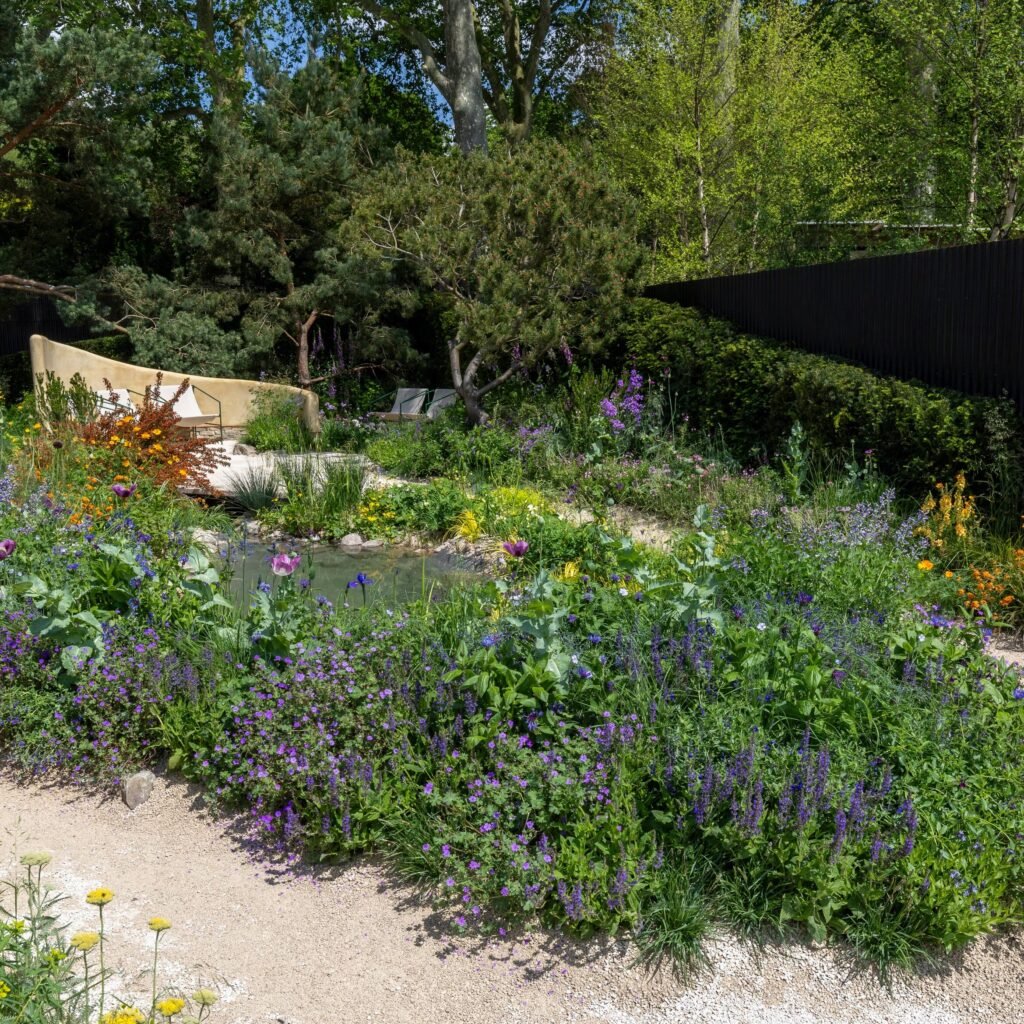
Next year’s garden trends reveal a clear theme: harmony with nature. Whether it’s reducing mowing, harvesting your own food, attracting wildlife, or embracing more sustainable practices, gardeners are redefining what outdoor beauty means.
You don’t need a huge budget or a complete yard overhaul to take part in these trends. Start small—plant a pollinator patch, add a rain barrel, or swap part of your lawn for clover. Over time, these changes build a more resilient, enjoyable, and eco-friendly garden.
As experts suggest, the future of gardening isn’t about control—it’s about collaboration with the natural world. And that’s a trend worth growing.
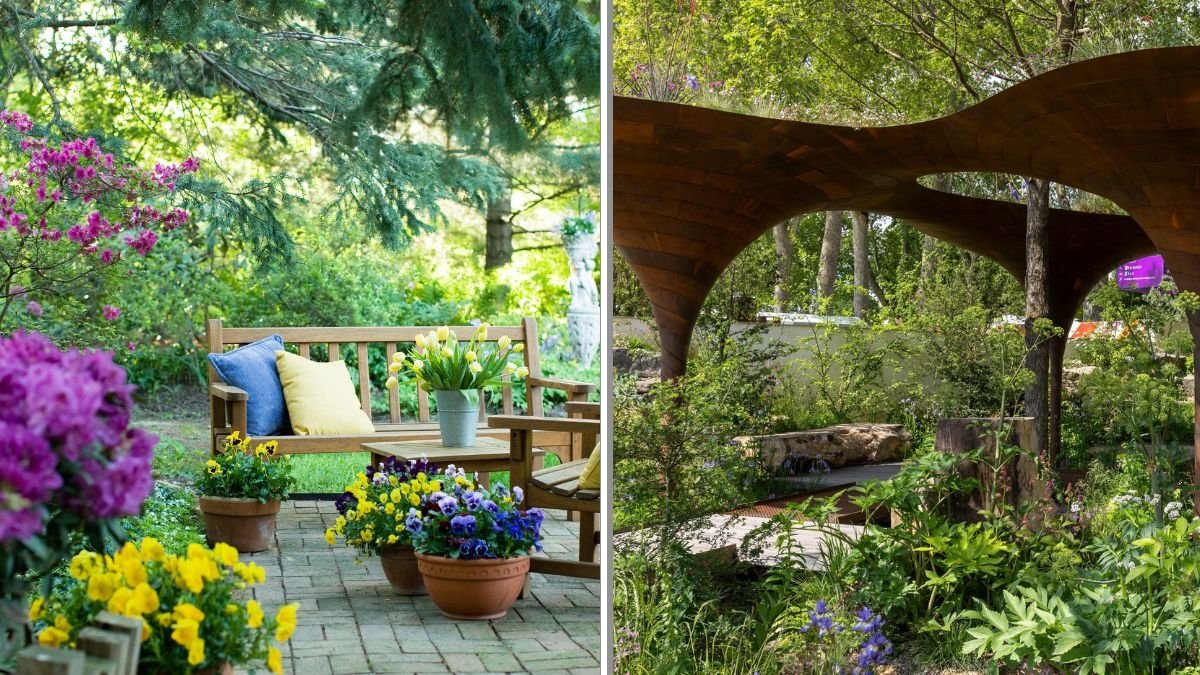
Leave A Comment